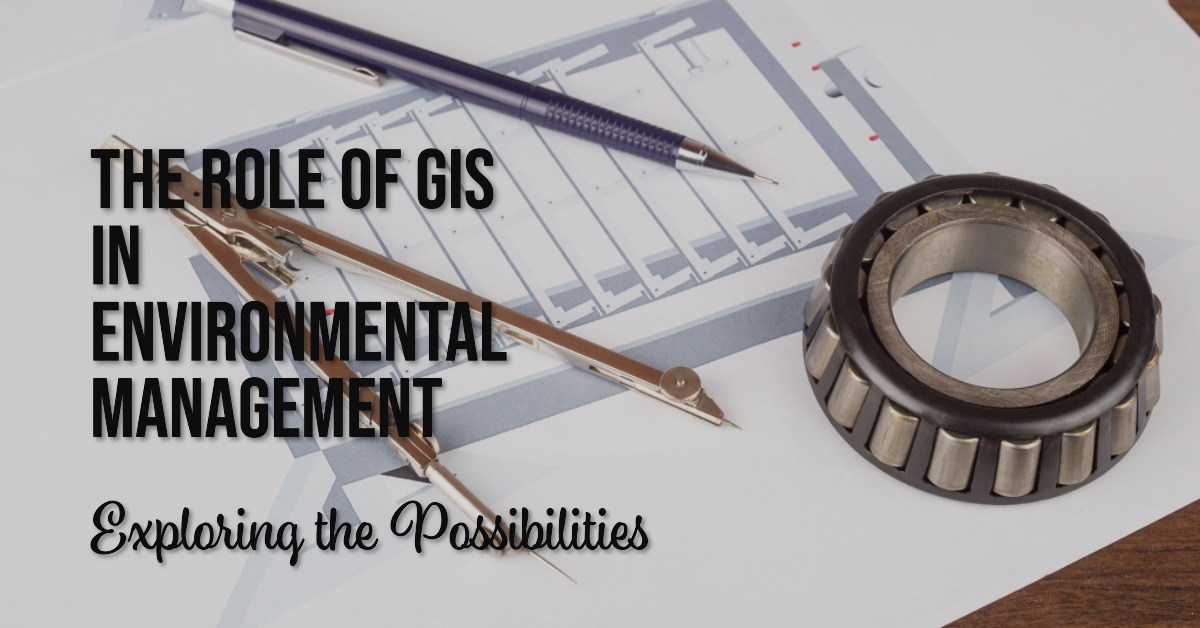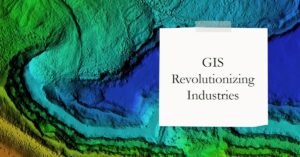Introduction to GIS and Environmental Management
Geographic Information Systems (GIS) have developed as an effective tool in environmental management. But what exactly is a Geographic Information System (GIS)? Simply described, it is a system that captures, stores, manipulates, analyzes, manages, and displays geographical data. GIS can be used in environmental management to monitor and alleviate environmental degradation, manage natural resources, and plan sustainable development.
The Value of GIS in Environmental Management
The value of geographic information systems (GIS) in environmental management cannot be overemphasized. It’s a tool for visualizing, questioning, analyzing, and interpreting data in order to identify relationships, patterns, and trends. GIS, by providing a graphical representation of data, can provide insights that raw data alone cannot provide.
The Intersection of GIS and Environmental Management
GIS may be used in a variety of environmental management applications. Let’s take a closer look at a couple of these topics.
Mapping and Monitoring Environmental Changes
GIS is a powerful tool for mapping and tracking environmental changes over time. Whether tracking deforestation, erosion, or changes in wildlife populations, GIS provides a visual depiction that makes these changes and their implications easier to understand.
Predicting and Managing Environmental Risks
Environmental managers can use GIS to model and predict future threats such as flooding and wildfire spread. This enables preemptive steps to be implemented, reducing damage and protecting communities.
Managing Natural Resources
GIS is also useful in the management of natural resources. GIS helps guarantee that resources are used efficiently and responsibly, from selecting the best locations for renewable energy installations to mapping out water supplies.
Municipal Waste Management
Municipal trash management is an often ignored sector where GIS thrives. It can aid in the optimization of collection routes, the identification of unlawful dumping sites, and the planning of waste disposal facilities.
Case Study: Remote Sensing and GIS Applications for Municipal Waste Management by Ajay Singh
Let’s look at a case study to better grasp the power of GIS in environmental management: Ajay Singh’s research on remote sensing and GIS applications for municipal garbage management.
The Study Overview
Singh employed GIS and remote sensing in his research to identify and analyze trash disposal sites in urban regions. This method enabled the assessment of these locations’ environmental impact and aided in the creation of waste management plans.
Key Findings
According to the study, GIS and remote sensing capabilities can be successfully utilized to manage municipal garbage, minimizing environmental impact and enhancing public health. It also illustrated how these technologies can aid in future trash disposal planning.
Implications for Environmental Management
This case study exemplifies how GIS can transform environmental management by providing solutions to complicated problems and paving the way for sustainable practices.
The Future of GIS in Environmental Management
GIS’s function in environmental management is expected to grow in the next few years. Emerging technologies like Artificial Intelligence (AI) and the Internet of Things (IoT) are combining with GIS, offering new opportunities for environmental management.
Emerging Technologies and Innovations
GIS is becoming smarter with the introduction of AI. Machine learning algorithms are capable of analyzing vast amounts of data, predicting patterns, and even recommending actions. IoT devices, such as sensors, can also feed real-time data into GIS systems, resulting in more rapid and accurate environmental management choices.
Challenges and Opportunities
Despite the bright future, there are always problems ahead. Data privacy concerns, the digital divide, and the requirement for technical expertise can all be impediments to fully utilizing GIS. These challenges, however, create opportunities for innovation and progress in GIS and environmental management.
Conclusion
Finally, geographic information systems (GIS) play an important role in environmental management. GIS provides a complete and effective method for maintaining and improving the health of our environment, from charting environmental changes to predicting dangers, managing resources, and dealing with trash. The future of GIS seems bright, with emerging technologies ready to expand its capabilities.
FAQ Section
- What is GIS?
GIS stands for Geographic Information System. It’s a tool used to capture, store, manipulate, analyze, manage, and present geographic data.
- How does GIS help in environmental management?
GIS helps in environmental management by providing a visual representation of data, allowing for the understanding of relationships, patterns, and trends. It can be used to track environmental changes, manage natural resources, and plan sustainable development.
- What was the key finding of Ajay Singh’s research on GIS in waste management?
Ajay Singh’s research found that GIS and remote sensing tools can effectively be used to manage municipal waste, reduce environmental impact, and improve public health.
- How is AI influencing GIS in environmental management?
AI is making GIS smarter. Machine learning algorithms can analyze large data sets, predict patterns, and recommend actions, enhancing the capabilities of GIS in environmental management.
- What challenges and opportunities exist in the use of GIS in environmental management?
Challenges include data privacy issues, the digital divide, and the need for technical expertise. However, these also present opportunities for innovation and growth in the field.



